In the world of strength training and powerlifting, few accessories are as iconic—or as debated—as the weightlifting belt. Often referred to as a "deadlift belt" or "squat belt," this piece of gear has been a staple in gyms for decades. While some lifters swear by its benefits, others argue it’s unnecessary or even counterproductive. Understanding the role of a deadlift belt, its mechanics, and how to use it properly can help athletes make informed decisions about whether it belongs in their training arsenal.
The Purpose of a Deadlift Belt
Contrary to popular belief, a deadlift belt doesn’t magically protect your spine or eliminate the risk of injury. Instead, its primary function is to provide intra-abdominal pressure (IAP) support. When you brace your core during a heavy lift, the belt acts as a surface for your abdominal muscles to push against, creating a more stable torso. This stability translates to better force transfer from your lower body to the barbell, allowing you to lift heavier weights with greater control.
The belt’s effectiveness hinges on proper bracing technique. Without engaging the core correctly—taking a deep breath into the diaphragm and contracting the abs—the belt becomes little more than a fashion statement. Experienced lifters often describe the sensation as "pushing out" against the belt, creating a rigid midsection that reduces spinal shear forces during lifts like deadlifts, squats, and overhead presses.
Choosing the Right Belt
Not all belts are created equal. Deadlift belts typically fall into two categories: powerlifting belts and weightlifting belts. Powerlifting belts, favored by deadlifters, are usually thicker (10-13mm) and uniformly wide around the entire circumference. This design maximizes support for the posterior chain movements. Weightlifting belts, on the other hand, are often tapered—wider at the back and narrower in the front—to allow for greater mobility in Olympic lifts.
Material matters too. Most high-quality belts are made from genuine leather, which offers durability and stiffness. Nylon belts exist but are generally less supportive for maximal lifts. The buckle system is another consideration: single-prong, double-prong, or lever. Lever belts provide the most secure fit but lack adjustability, while prong belts can be fine-tuned but may loosen during prolonged sessions.
Common Misconceptions
One pervasive myth is that belts weaken the core over time. Research suggests otherwise—when used appropriately, belts can enhance core activation by providing resistance against which the muscles work. Another fallacy is that belts are only for advanced lifters. While beginners should first develop fundamental bracing skills, intermediate lifters can benefit from belt use during heavy sets.
Perhaps the most dangerous misconception is that a belt compensates for poor form. No piece of equipment can correct technical flaws. In fact, relying on a belt without addressing underlying movement patterns may increase injury risk. The belt is a tool, not a crutch.
Integration into Training
Strategic belt use separates the knowledgeable lifter from the gear-dependent one. Most coaches recommend reserving belts for sets above 80-85% of one-rep max or during competition-specific prep. Overuse can lead to diminished proprioception—the body’s ability to sense position and tension—which is crucial for long-term progress.
An effective approach is to perform the majority of training volume beltless to build raw strength and core stability, then incorporate the belt for peak intensity work. This balanced method develops both belted and beltless strength while maintaining movement integrity.
The Controversy Continues
The debate around belts mirrors larger discussions in strength sports: tradition versus science, minimalism versus gear. Purists argue that belts artificially enhance performance, while proponents cite biomechanical advantages. What’s undeniable is that belts have stood the test of time in competitive powerlifting, where athletes push absolute limits.
Ultimately, the decision to use a deadlift belt comes down to individual goals, physiology, and personal preference. When employed thoughtfully—not as a default but as a deliberate choice—this simple leather or nylon band can be the difference between a stalled lift and a new personal record.
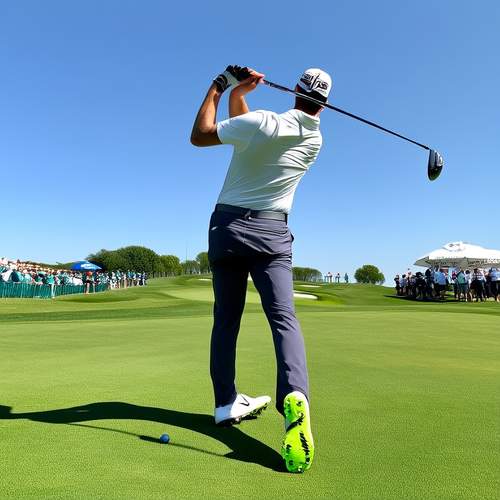
By George Bailey/May 20, 2025

By Rebecca Stewart/May 20, 2025

By Ryan Martin/May 20, 2025

By Amanda Phillips/May 8, 2025

By Lily Simpson/May 8, 2025

By Laura Wilson/May 8, 2025

By Sophia Lewis/May 8, 2025
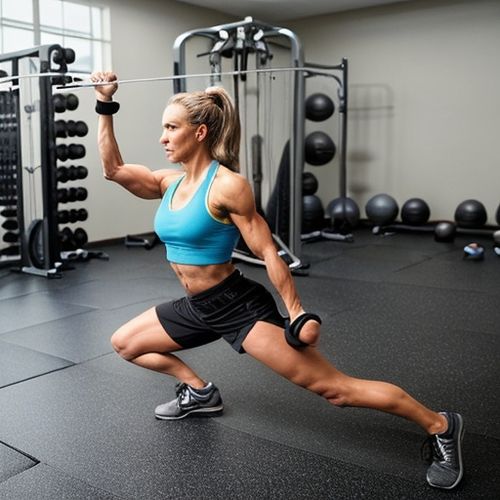
By John Smith/May 8, 2025
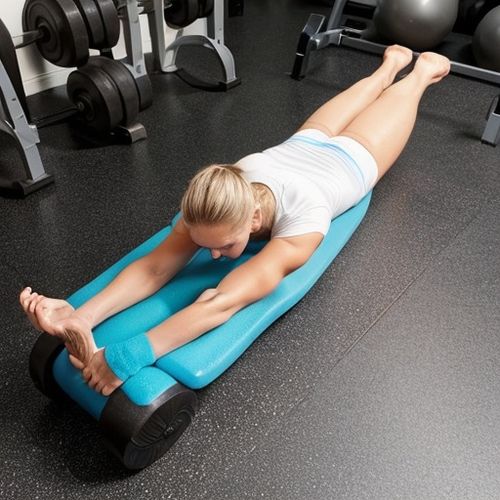
By Sophia Lewis/May 8, 2025
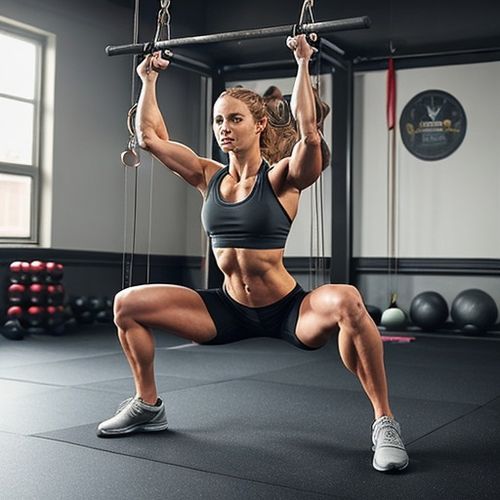
By John Smith/May 8, 2025
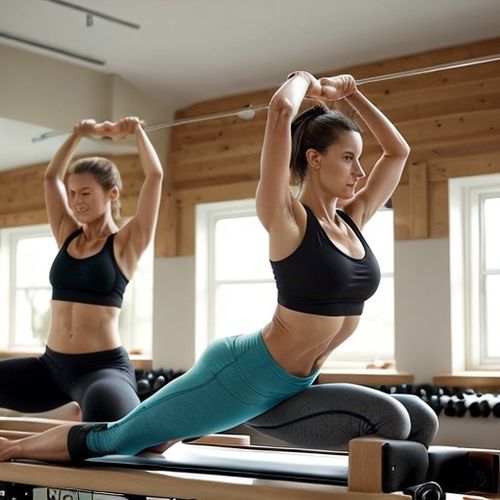
By Ryan Martin/May 8, 2025

By Eric Ward/May 8, 2025
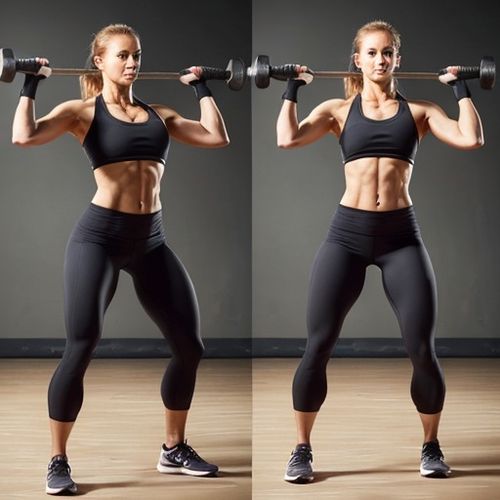
By Lily Simpson/May 8, 2025
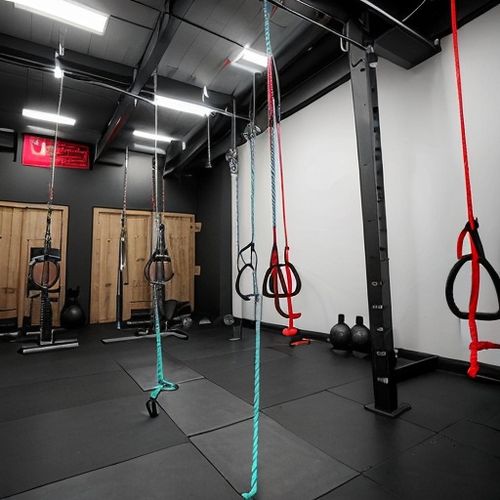
By Victoria Gonzalez/May 8, 2025
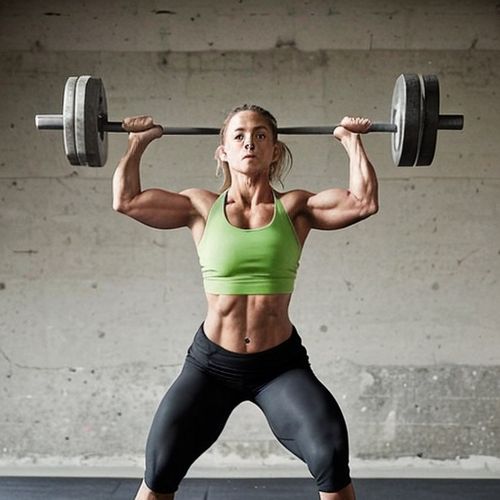
By James Moore/May 8, 2025
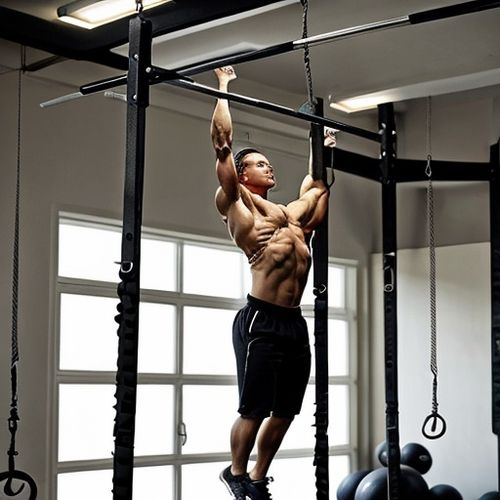
By Emily Johnson/May 8, 2025
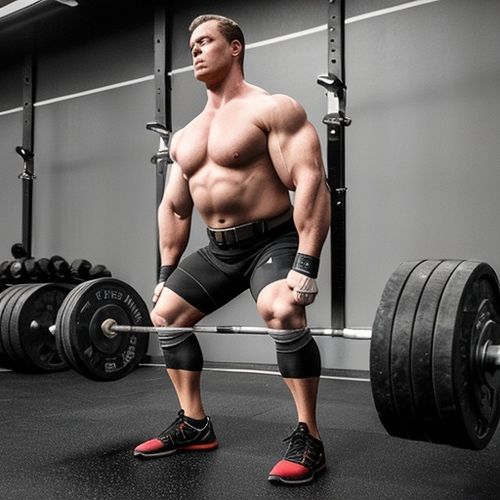
By Jessica Lee/May 8, 2025
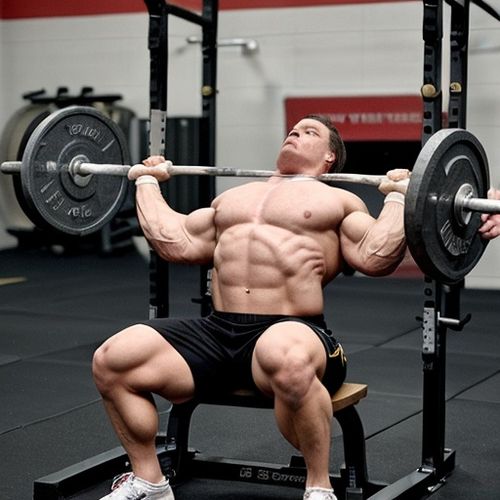
By Grace Cox/May 8, 2025
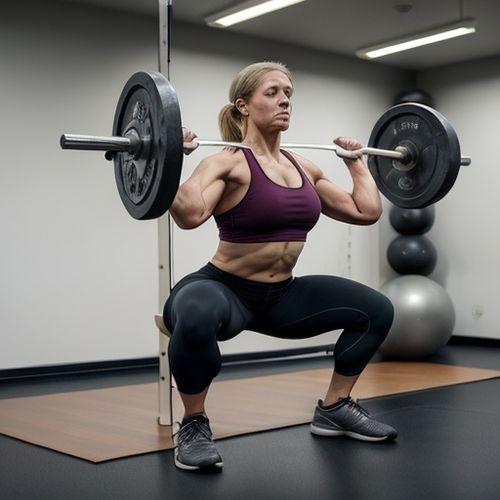
By David Anderson/May 8, 2025

By Elizabeth Taylor/May 8, 2025